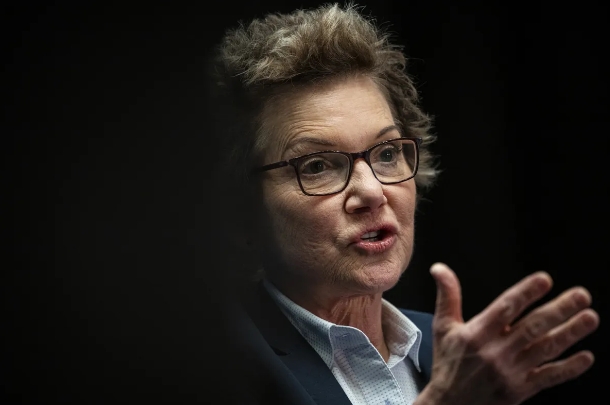Netflix’s Q1 Surge: Analysts See Streaming Dominance Ahead
Netflix’s decision to stop obsessing over subscriber counts has analysts obsessed with its stock. After delivering a Q1 2025 earnings beat that showcased financial discipline and ad-driven growth, the streaming giant has sparked a wave of analyst upgrades and soaring price targets. With revenue hitting $10.54 billion and operating margins expanding to 31.7%, netflix is proving that its strategy—pricing power, ad monetization, and global scale—isn’t just surviving but thriving.

The Shift from Subscribers to Dollars
Netflix’s move to abandon quarterly subscriber growth reporting was a calculated gamble. By focusing on financial metrics and engagement, the company aimed to redirect attention from slowing growth in mature markets. Despite ending 2024 with 301.6 million subscribers—a 16% annual increase—management argued that subscriber counts were becoming less meaningful due to its complex pricing tiers and shared accounts. Analysts like Wedbush’s Alicia Reese agreed, noting that recent price hikes in key markets had likely spooked investors, making transparency about financial health more critical.
The strategy worked. Investors rewarded the shift, with the stock rising over 15% in the days following the earnings report.
Ask Aime: Can Netflix's focus on dollars over subscribers justify its stock surge?
Financial Fortitude and Margin Magic
Netflix’s Q1 results were a masterclass in margin expansion. Operating income surged 27% year-over-year, lifting margins to 31.7%, well above the 28.1% in Q1 2024. Management’s focus on cost discipline—streamlining content spending and scaling ad revenue—has created a flywheel effect.
Analysts at Morgan Stanley highlighted this discipline, upgrading Netflix to “Overweight” and emphasizing its “predictable” revenue streams. Meanwhile, BMO Capital noted that Netflix’s in-house ad tech platform could drive a 33% operating margin in Q2, a milestone that would cement its position as the most efficient major streamer.
The Ad Tech Revolution
The real star of the quarter? Netflix’s ad-supported tier. Analysts now see ads as the key to unlocking billions in untapped revenue. MoffettNathanson projects ad revenue could hit $9 billion by 2030, up from $3 billion in 2024, while Guggenheim highlighted Netflix’s global ad rollout as a “decade-defining” opportunity.
The May 2025 upfront advertising event will be critical. Success here could attract major advertisers, validating Netflix’s claim that its ad-supported tier isn’t just a niche product but a mainstream revenue driver.
Risks on the Radar
Not all analysts are bullish. Edward Jones maintained a “hold” rating, citing concerns about valuation and the lingering risk of subscriber stagnation. Post-2024 pricing increases, Netflix’s growth in markets like the U.S. and Europe has slowed. However, even skeptics acknowledge Netflix’s execution: its content pipeline (including hits like Adolescence and The Night Agent) and its ability to monetize incremental users through ad-supported tiers are hard to ignore.
The Bottom Line: A Streaming Titan Reinvents Itself
Netflix’s Q1 results and analyst upgrades paint a clear picture: the company is no longer just a subscription model relic but a hybrid entertainment powerhouse. With margins expanding, ad revenue poised to explode, and a global audience of 300+ million, the consensus $1,125 price target isn’t just a guess—it’s a reflection of a business that’s mastered its evolution.
The numbers back this optimism. At a 33% operating margin and with $43.5–44.5 billion in 2025 revenue guidance, Netflix is proving that streaming’s future isn’t about chasing every new subscriber but about monetizing every minute watched. For investors, the question isn’t whether Netflix can grow—its content, pricing, and ads have already answered that. The real question is: Who’s next?
In a sector littered with failures, Netflix’s resilience is unmatched. With a roadmap that includes AI-driven ads, untapped markets in Asia-Pacific, and a content library that keeps viewers hooked, this is a story that’s far from over.










